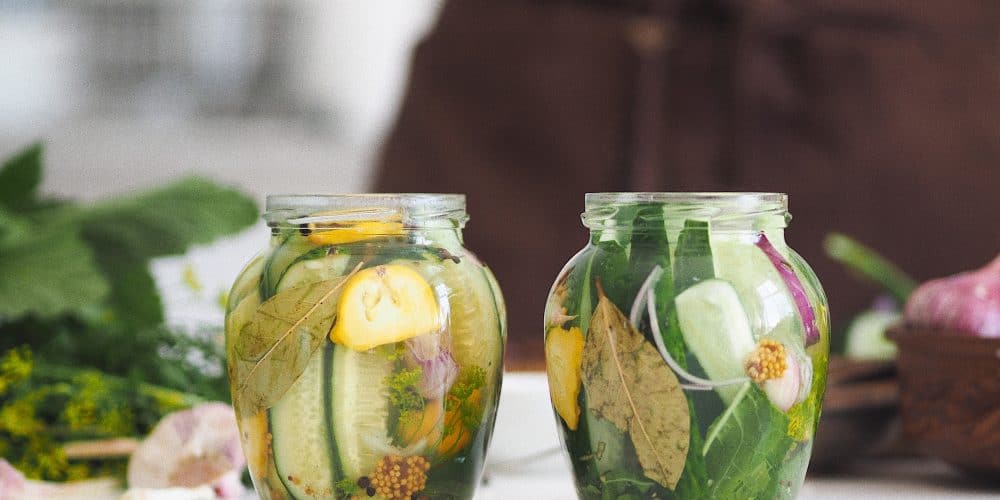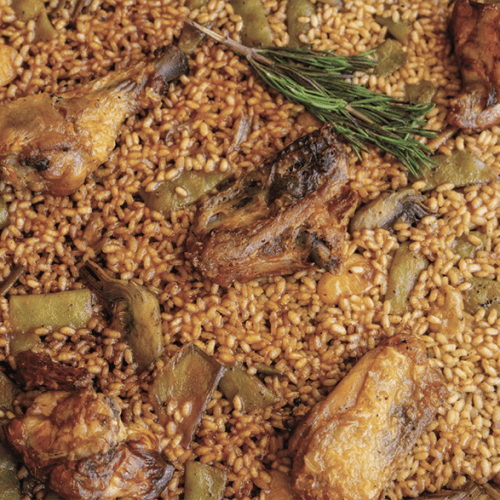
Whether store-bought or home-grown, fresh herbs are an essential ingredients to almost every dish you can think of.
If you have your own herb-garden or windowsill herbs, you can simply pick your fresh herbs as you need. But often when you buy from the supermarket, you get more than you need for any one dish.
That begs the question of how to store fresh herbs properly, to keep them fresh for longest.
Some fresh herbs are quite fragile, and can quickly go from being vibrant and perky to a pile of green sludge dripping down the shelves in your fridge. Other, more sturdy herbs like rosemary, thyme and bay, are more forgiving and keep for longer.
Luckily, there are a number of great ways to store your fresh herbs so that you don’t have to worry about waste, or being stuck without that oh-so-important ingredient.
In Order Of Shelf-life:
1. In Water
Wash and dry your herbs, and like you would for flowers – trim the stalks to level them out, clean the stems of leaves so you have all the leaves bunched at the top, and place them in a vase of water. If you know you’ll be using the herbs later in the day or the next day, it’s a great short-term solution to keep your herbs fresh and perky.
2. In Oil
Another short term storage solution for fresh herbs is to finely chop them, after washing and drying them well, and then steep them in oil. This could be the base to any green sauce of your choosing that could flavour your cooking for the next couple of days. Add garlic, chili, lemon, anchovy or salt to spice this up and drizzle over meat or fish!

3. In the Fridge
For fridge storage of up to two weeks or so depending on the herb – wash and dry your herbs, clean them of any squashed, or dead leaves and stalks, and lay them on a few sheets of paper towel. Roll them up like a burrito so that they’re covered from stalk to leaf, dampen the paper towel with a bit of water, and place in reusable ziplock bag. Push the air out and seal, then place in the fridge somewhere they won’t be squashed.

4. In the Freezer
For long-term freezer storage, prepare the herbs as per fridge storage and simply place the ziplock bag in the freezer instead.
Alternatively, prepare the herbs as you would for the oil preservation method by chopping and steeping in oil, or blending them with oil, and then pour into and ice-cube tray and freeze. You can do these in batches, by removing them from the ice-tray once frozen and adding the blocks to a freezer bag, and repeating the process.
5. Air-dry
Depending on the type of herb, you can also dry them out as you would flowers, by hanging them upside down. This works best with the sturdier herbs like rosemary, thyme or bayleaf.










